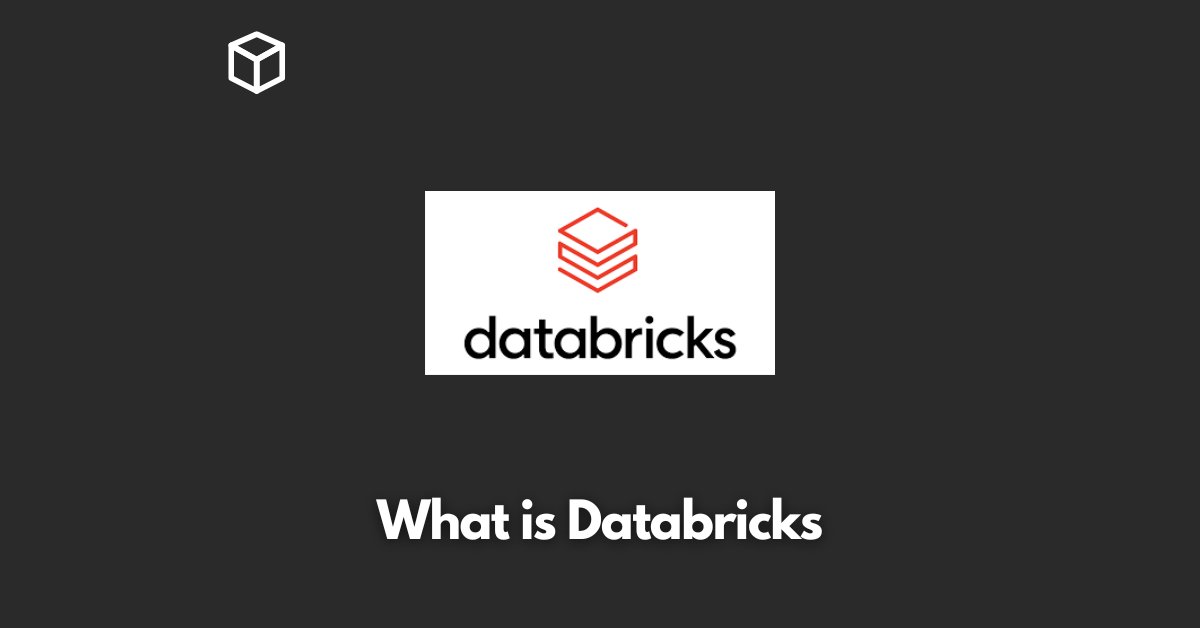In recent years, big data has become a buzzword in the tech industry, and organizations are constantly looking for ways to process and analyze large amounts of data in a fast, efficient, and cost-effective manner.
One platform that has been gaining popularity in this field is Databricks.
Databricks is a cloud-based platform for data engineering, machine learning, and analytics that was founded in 2013 by the creators of Apache Spark.
The platform is designed to help organizations process and analyze large amounts of data in a fast, efficient, and cost-effective manner.
It offers a wide range of features that allow users to easily process, clean, and transform data, as well as build and deploy machine learning models and perform data visualization and reporting.
In this blog post, we will explore the capabilities of Databricks, how it compares to other data processing and analytics platforms, and why it is a valuable tool for organizations.
Data Engineering
Databricks offers a variety of tools and features that make data engineering tasks simple and efficient.
One such tool is Data Wrangler, which allows users to easily clean and transform data.
Additionally, Databricks’ built-in Delta Lake feature allows users to store and manage large amounts of data in a cost-effective manner.
Finally, SQL Analytics allows users to run SQL queries on large data sets in a fast and efficient way.
One example of a use case where Databricks data engineering capabilities have been leveraged is in a retail company that needed to clean and transform large amounts of customer data in order to gain insights and make data-driven decisions.
By using Databricks Data Wrangler and Delta Lake, the company was able to clean and transform the data in a fraction of the time it would have taken with traditional methods.
Machine Learning
Databricks also offers a variety of tools and features for machine learning tasks.
The built-in MLlib library provides a wide range of machine learning algorithms and tools, making it easy for users to build and deploy machine learning models.
Additionally, Databricks integration with popular machine learning libraries such as TensorFlow and PyTorch allows users to take advantage of the latest machine learning capabilities.
One example of a use case where Databricks machine learning capabilities have been leveraged is in a healthcare company that needed to predict patient outcomes using electronic health records.
By using Databricks MLlib library, the company was able to build and deploy a machine learning model in a fraction of the time it would have taken with traditional methods.
Analytics
Databricks also offers a variety of tools and features for data visualization and reporting.
Users can easily create and share SQL, Python, and R notebooks, as well as interactive dashboards.
This allows users to quickly and easily gain insights from their data and share them with others.
One example of a use case where Databricks analytics capabilities have been leveraged is in a financial services company that needed to analyze large amounts of financial data in order to identify trends and make data-driven decisions.
By using Databricks SQL and visualization capabilities, the company was able to quickly and easily gain insights from the data and make data-driven decisions.
Pricing and Getting Started
Databricks offers a pay-as-you-go pricing model, making it easy for organizations to get started with the platform without committing to a long-term contract.
The pricing is based on the number of hours of use and the size of the cluster.
This model allows users to only pay for the resources they need, and scale up or down as their needs change.
When compared to other cloud-based data platforms, Databricks pricing is competitive and offers a good value for organizations.
Getting started with Databricks is straightforward. Users can sign up for a free trial or create a paid account.
Once an account is created, users can set up a cluster and start using the platform.
There are also a variety of resources available to help users learn and get started with Databricks, such as documentation, tutorials, and community support.
Conclusion
In this blog post, we have explored the capabilities of Databricks, how it compares to other data processing and analytics platforms, and why it is a valuable tool for organizations.
We have also looked at examples of how Databricks’ data engineering, machine learning, and analytics capabilities have been leveraged in real-world use cases.
Furthermore, we discussed Databricks’ pricing model and how to get started with the platform.
Overall, Databricks is a powerful platform that can help organizations process and analyze large amounts of data in a fast, efficient, and cost-effective manner.
We encourage you to try Databricks for yourself and see the benefits it can bring to your organization.




